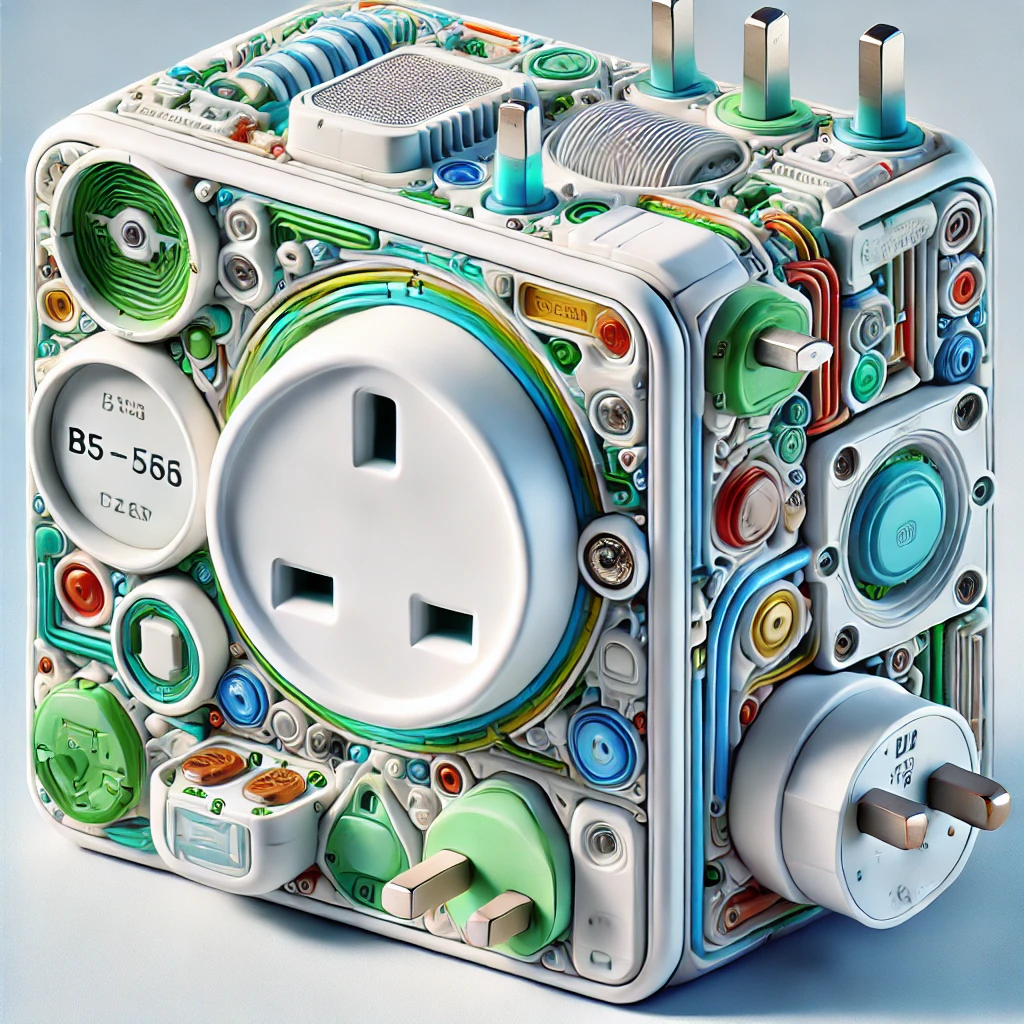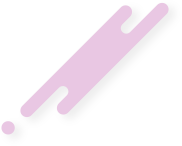What Are the Exceptions for Using a Plug and Socket-Outlet Not Complying with BS 1363, BS 546, or BS EN 60309-2?
According to Regulation 553.1.5 of BS 7671, a plug and socket-outlet not complying with BS 1363, BS 546, or BS EN 60309-2 may be used in single-phase AC or two-wire DC circuits operating at a nominal voltage not exceeding 250 volts for specific conditions.

OW London Electrician and Home Automation Engineers Team
What Are the Exceptions for Using a Plug and Socket-Outlet Not Complying with BS 1363, BS 546, or BS EN 60309-2?
Regulation 553.1.5 states:
"A plug and socket-outlet not complying with BS 1363, BS 546, or BS EN 60309-2 may be used in single-phase AC or two-wire DC circuits operating at a nominal voltage not exceeding 250 volts for the following specific conditions:
- The connection of an electric clock:
- Condition: The plug and socket-outlet must be designed specifically for connecting an electric clock.
- Additional Requirement: Each plug must incorporate a fuse of rating not exceeding 3 amperes, complying with BS 646 or BS 1362 as appropriate.
- The connection of an electric shaver:
- Condition: The socket-outlet must be either:
- Incorporated in a shaver supply unit complying with BS EN 61558-2-5, or
- A type complying with BS 4573.
- A circuit having special characteristics:
- Condition: The circuit must have special characteristics such that danger would otherwise arise or it is necessary to distinguish the function of the circuit."
Explanation in Simple Terms
Electric Clocks
For electric clocks, you can use a special plug and socket-outlet not following the typical standards if the setup is designed just for clocks. The plug should also have a small fuse (up to 3 amps) to protect the device.
Electric Shavers
For electric shavers, you can use a non-standard socket-outlet if it's part of a shaver supply unit that follows specific safety standards (BS EN 61558-2-5) or it's a shaver socket following BS 4573. This ensures the socket is safe for shaver use.
Special Circuits
In cases where a circuit has unique needs or potential dangers, using a non-standard plug and socket-outlet is allowed. This helps in distinguishing the circuit's purpose and maintaining safety.

Frequently Asked Questions
Q: Can I use a plug and socket-outlet not complying with the mentioned standards for other appliances?
A: No, Regulation 553.1.5 specifically allows exceptions only for electric clocks, electric shavers, and circuits with special characteristics. For other appliances, the plug and socket-outlet must comply with BS 1363, BS 546, or BS EN 60309-2.
Q: Why do electric shavers have a specific exception?
A: Electric shavers often require lower power and have unique safety requirements, especially in bathrooms. The standards mentioned (BS EN 61558-2-5 and BS 4573) ensure that the sockets used are safe for this purpose.
Q: What constitutes a circuit having special characteristics?
A: Special characteristics could include circuits in specific environments like medical facilities, laboratories, or industrial settings where unique safety and functional requirements are essential.
Regulation 553.1.5 provides these exceptions to ensure safety and functionality in specific scenarios where standard plugs and sockets might not be suitable.
What users Saying
Discover what our customers think about our services. Their feedback reflects our commitment to delivering exceptional service and expert solutions for all electrical and security needs.

